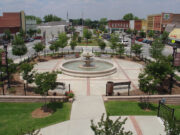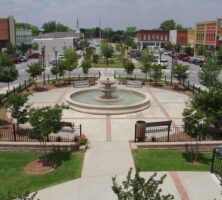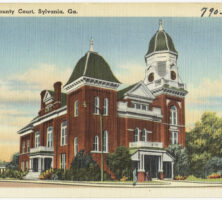Sylvania, the seat of Screven County, is located in east central Georgia, about fifty-four miles southeast of Augusta and fifty-eight miles northwest of Savannah. According to the 2020 U.S. census, the population was 2,634.
The date of Sylvania’s first settlement is not known. The county seat was moved to Sylvania from its former location at Jacksonborough by the state legislature in 1847. Land was purchased from Charles Church for one dollar per acre, and a courthouse and jail were built at the new location. Sylvania was incorporated in 1854. The name, derived from the Latin word for forest, was suggested by Screven County poet Cuyler Young.
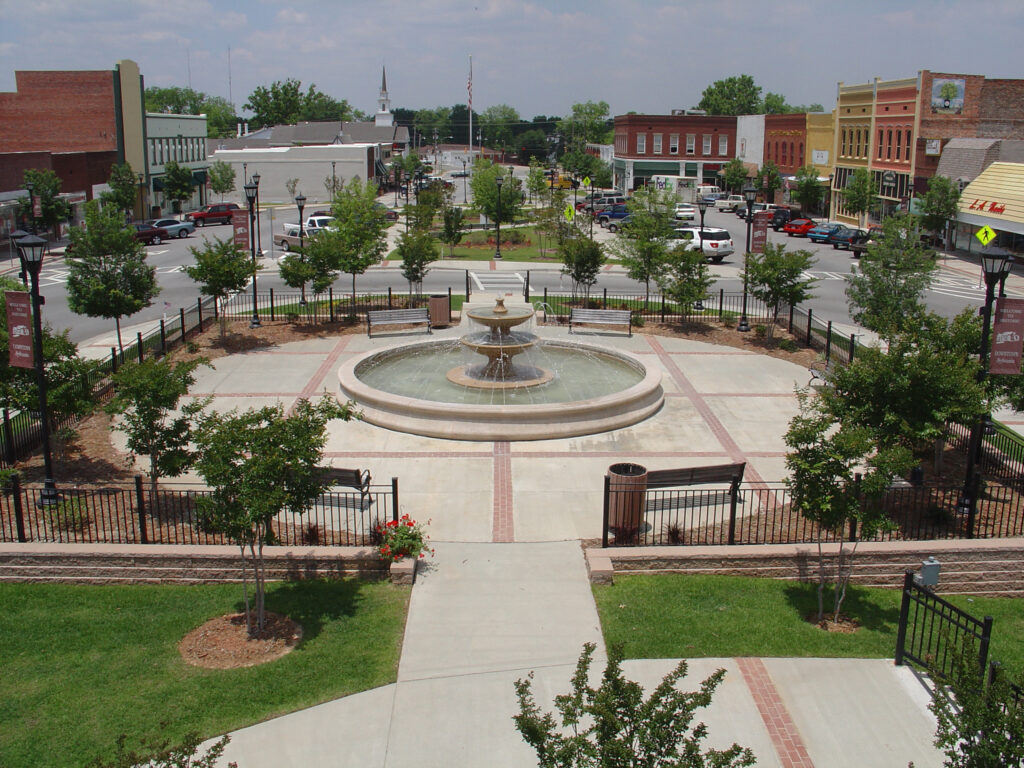
During Union general William T. Sherman’s march to the sea, the cavalry of Judson Kilpatrick, another Union general, passed through Sylvania in December 1864. Despite local legend that the county courthouse was burned at that time, there is no evidence to support the story, and a prominent Screven County resident and historian has discounted the claim. It is likely that the courthouse survived until the fire of 1897. Two bronze twelve-pound Napoleon guns, or cannons, of Civil War (1861-65) vintage now stand in the town square as a reminder of that conflict.
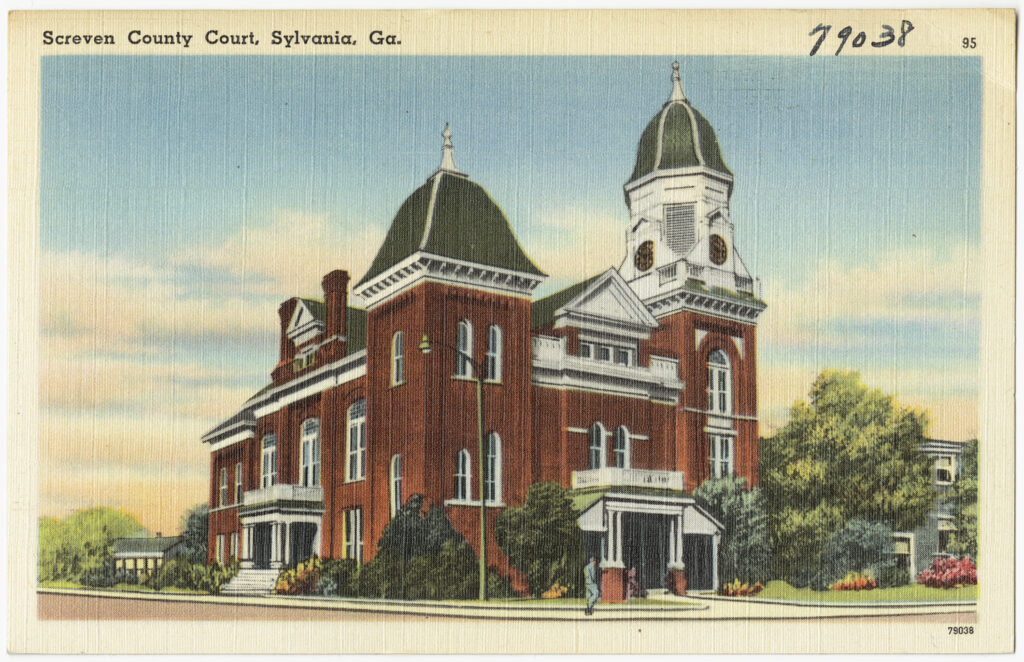
A massive fire devastated most of the wooden commercial structures surrounding Sylvania’s square in about three hours on the night of January 8, 1897. Many private residences were also burned. Although the courthouse was consumed by the flames, county records were saved in a nearby brick annex that had only recently been built for storage. A new courthouse was erected that same year by builder Algernon Blair and stood until 1963. Modern Sylvania’s downtown is the home of masonry buildings that reflect the small-town architecture of the 1920s and 1930s.
A two-story wooden public school, known officially as the Sylvania High School (later Screven County High School), although it included primary and intermediate grade pupils, opened in Sylvania for white students in 1903. A school for African American students was built in 1919. Originally called the Screven County High and Agricultural School, the name was later changed to Screven County Training School and then to Central High School. The separate schools were integrated in the 1970s.
Sylvania has its own hospital, country club, public library, and two radio stations. The local newspaper, the Sylvania Telephone, was founded in 1879. Ogeechee Technical College in Statesboro operates an adult education center in Sylvania.

Sylvania calls itself the “Azalea and Dogwood City” and the “Welcome Station City.” Popular events held there include the Annual Screven County Livestock Festival in April and the Annual Air Exposition held in the fall.


